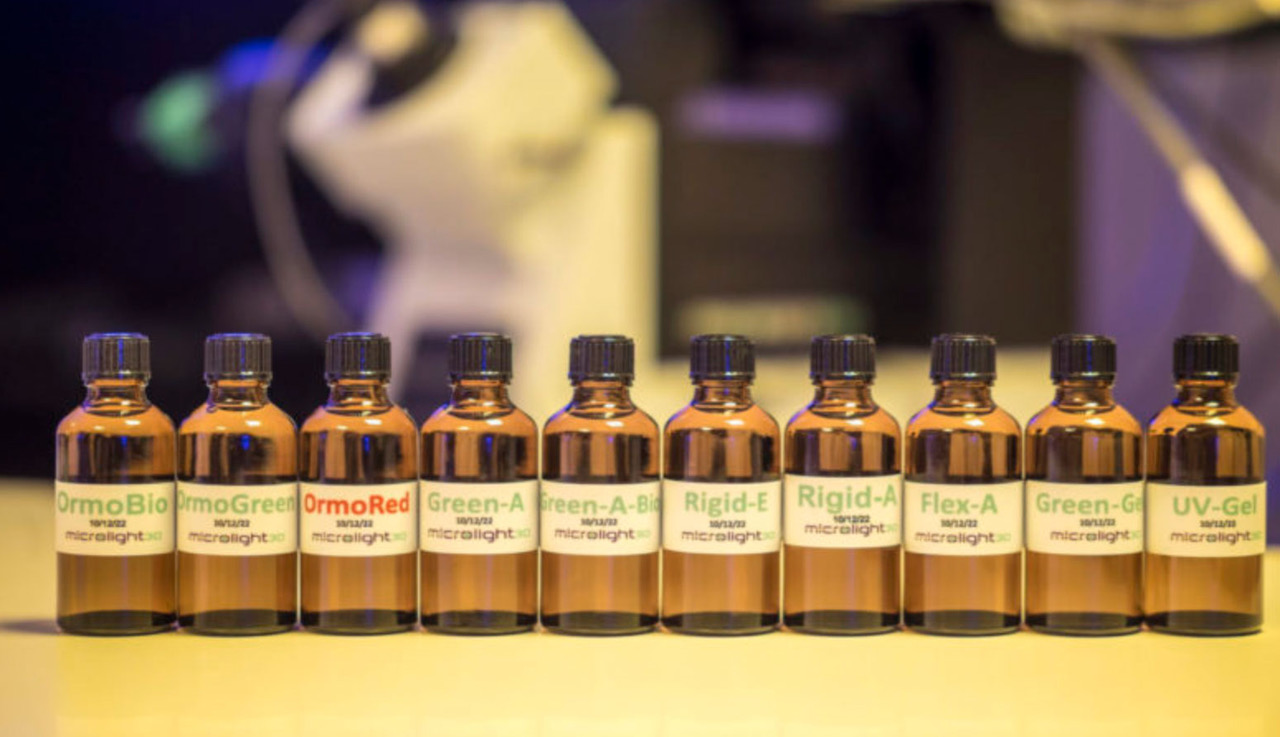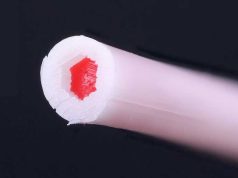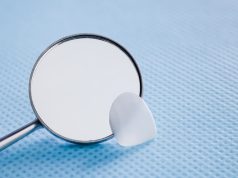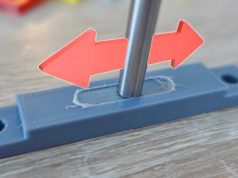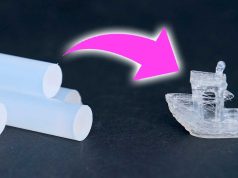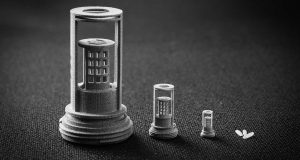Microlight3D, a manufacturer of high-resolution micro-scale 2D & 3D printing systems for industrial and scientific applications, announced the launch of eight new resins with diverse properties for mechanical meta-materials and life sciences applications. The range of flexible, rigid and biocompatible resins creates opportunities for developers to explore 3D microprinting using different materials and reproduce miniscule objects, 100x’s smaller than a strand of hair, in complex designs.
Microlight3D developed the eight resins, on top of the two it already markets, for use with its microFAB-3D, an ultra-high resolution 3D-printing system, based on two-photon polymerization. This direct laser writing technology is used to create a solid 3D-printed structure from photoactivable materials.
“We are pleased to offer an extended range of resins that will enable our users, who have an amazing appetite to try new things, to fully exploit our 3D microprinting systems,” said Philippe Paliard, head of the 3D printing laboratory at Microlight3D. “As many conventional 3D printing resins do not automatically work with two-photon polymerization (direct laser writing) methods, our latest selection of new resins fills this gap.”
The resins for microFAB-3D are easily used and removed. It takes a single drop onto a substrate (glass coverslip) to run a micron-sized 3Dprint job, and a 10-minute solvent bath to remove the unused resin. To use another material simply requires putting a drop of that resin onto a different glass coverslip to create a new project. Or, using the previously rinsed coverslip, create a multi-material structure, which is possible due to the alignment feature in Microlight3D’s machine software.
Mechanical meta-materials
Microlight3D offers two rigid resins: Rigid-A and Rigid-E, as well as a flexible resin called Flex-A for the mechanical metamaterials sector. This includes 4D printing or micromechanics applications, such as micro-grippers, screws and micro-architectured materials to obtain unique combinations of material properties.
Mechanical metamaterials researchers can also opt for OrmoRed, a resin used with an infrared laser. This means that through microFAB-3D, which has the unique ability to combine two lasers with different wavelengths, researchers can use different materials within the same system, and thus enhance the OrmoRed resin with metallic or magnetic nanoparticles to create, for example, innovative micro-robots.
Cell culture and medical devices
Microlight3D developed OrmoBio and Green-A-Bio as biocompatible resins, while Green-Gel and UV-Gel are two biocompatible and ductile hydrogels. The latter enable ultra-high-resolution printing and have a rigidity that can be tailored according to users’ needs. The ability to modulate the rigidity of hydrogels is very important for researchers in cell culture, as cell interaction changes depending on the rigidity of the material surrounding them.
“In addition to the ten proprietary resins we are now offering, our system remains compatible with commercially available polymer materials widely used in micro-optics. It is compatible with the UV resins used in microfluidics, cell culture and micro-optics provided by market suppliers. The system works with several resins certified for the production of medical devices developed by a major 3D printing firm for producing highly complex, implantable microneedle or microstent arrays,” Paliard added.
For more information, visit www.microlight3d.com.
Subscribe to our Newsletter
3DPResso is a weekly newsletter that links to the most exciting global stories from the 3D printing and additive manufacturing industry.



